Hubcap Nebula and Other Adventures
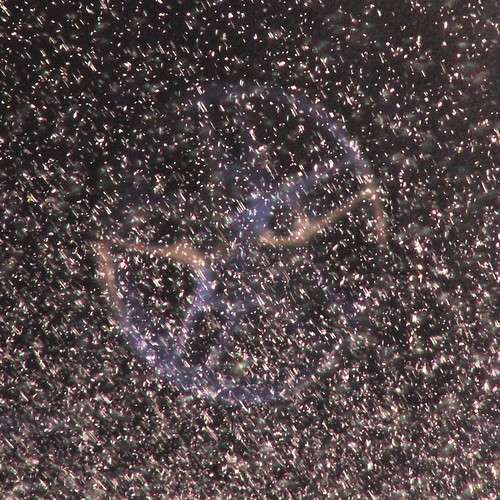
Under very high telescopic magnification, you can spot the Hubcap Nebula floating in the Lawn Sprinkler Galaxy. Close examination shows that the tire is still attached, so this phenomenon actually predates the Big Bang. Photographed at 1/1000th of a second at f/4.5....
Mary and I went on our "post office walk" during the day, this time. Our weather's been getting cooler, so our jackets have come out and we're not so concerned with waiting for the sun to set before our jaunts. Turkey vultures ride the updrafts again, and I heard (though did not see) a raptor as I stepped out the door.
We passed a neighbor's sprinklers and I liked the way they caught the late afternoon sun. My fastest shutter speed is 1/1000th of a second, so I wanted to see what droplets I could catch -- also at f/4.5.
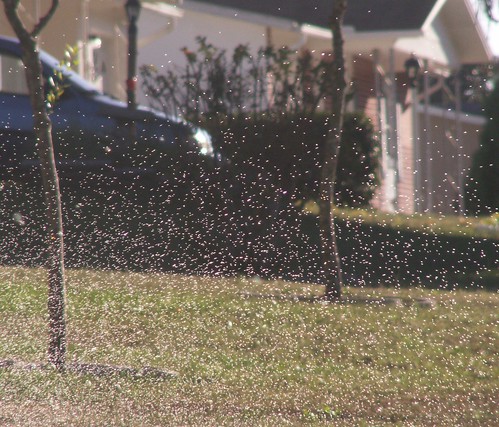
I don't know what type of flower the red star is or what type of mushrooms are pictured below; neither appears in my field guide. The mushrooms are huge; I estimate their caps are at least 6 inches in diameter.
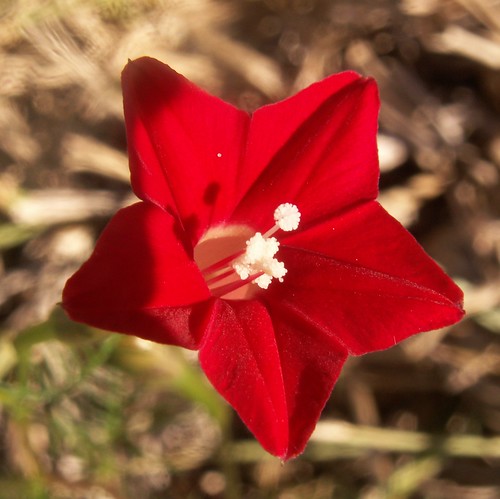
More detail is in the large view (click the magnifying glass for this and other large views).
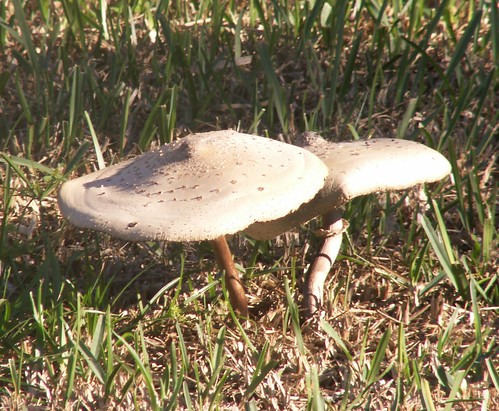
Large view
We made a circuit around the yard when we returned home. I tell myself I should count the number of trees that have sprouted, but new ones keep coming up. Mary keeps putting down markers to warn me not to weed-whack the seedlings. In addition to the trees we'd actually planted, we have volunteer oaks and cherries now, along with a volunteer palm -- and saltbushes that are now tree-height.
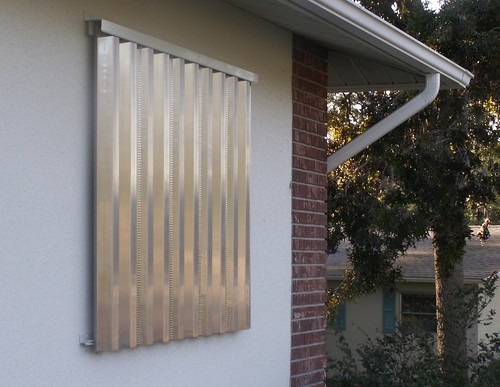
We had hurricane shutters installed back in August, but I didn't take a photograph until now. Most of these aluminum panels are in our garage, but we have them up on a couple of windows. At the approach of a hurricane or tropical storm, we'll use wing nuts to screw the overlapping panels into tracks.
Several snails were hanging out on our back wall, and I thought one was particularly photogenic.
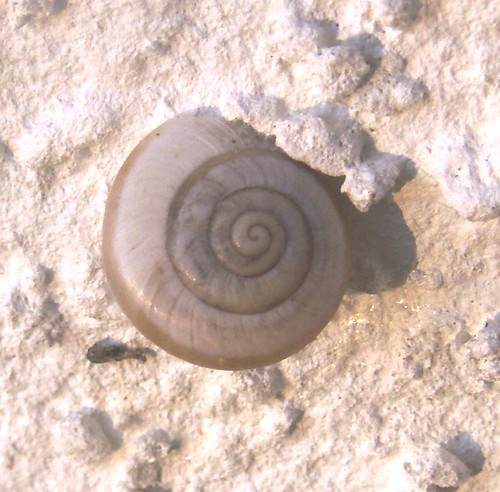
Large view
The shell is about 5mm in diameter. After I photographed this little one I thought the image worth manipulating. I removed the original snail portion of the shot, manipulated it differently than the rest, and then replaced the altered image.
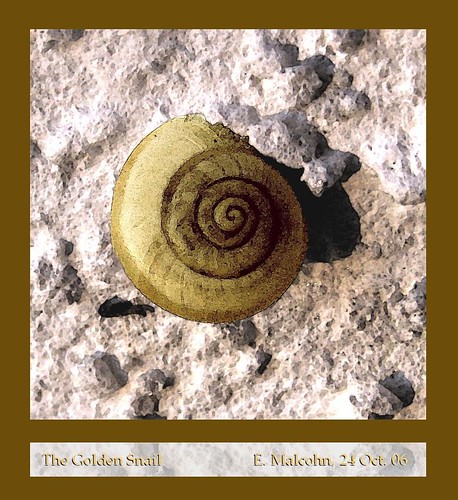
Large view
Our walk had taken us to the "post office pond," which has almost dried up. I almost missed seeing this Little Blue Heron taking its slow stroll on the far side.

Large view
Egretta caerulea, Family Ardeidae. Also called the blue crane, levee walker, or little blue crane.
According to the University of Michigan Museum of Zoology, this bird ranges along the Atlantic coast from Massachusetts to Florida, but is most abundant along the Gulf of Mexico. It prefers inland, freshwater habitat and has a varied diet of fish, frogs, lizards, snakes, turtles, crustaceans, aquatic insects and spiders, and grassland insects during dry conditions. This species is protected under the US Migratory Bird Treaty Act.











0 Comments:
Post a Comment
<< Home